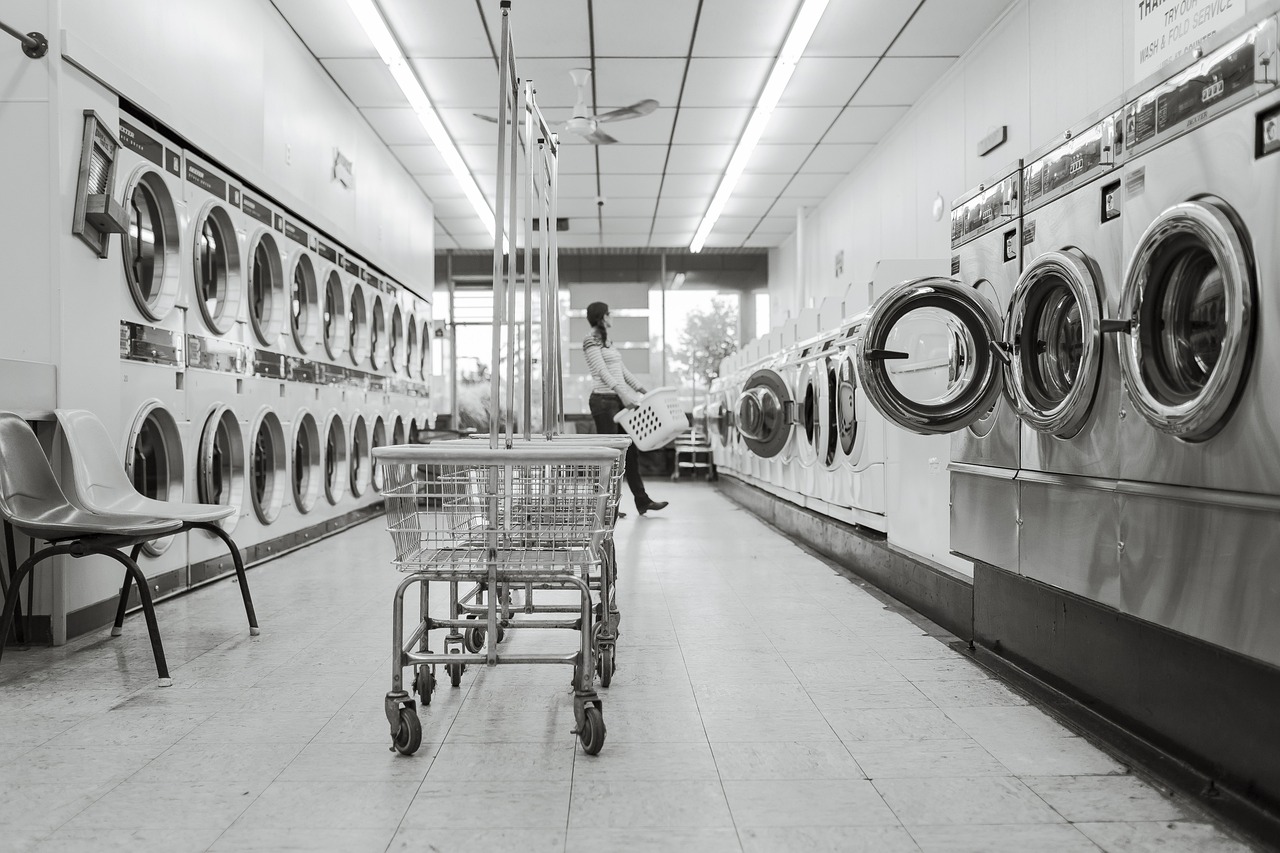Laundry is a necessary chore, but the costs associated with it—detergent, water, energy, and even wear on clothes—can add up over time. Of course, there might be a higher cost associated with special care like dry cleaning or wash and fold, but these are only suitable for delicate clothes like designer and selected garments. However, this type of specialized care for garments can increase their life in the long run.
Thankfully, with a few smart strategies, you can reduce these expenses without compromising the cleanliness or longevity of your garments. Here are some practical ways to save money on laundry while maintaining quality.
Wash Only Full Loads
Running your washing machine with only partial loads wastes water, energy, and detergent. Instead, wait until you have a full load before starting a cycle. Modern machines are designed to clean efficiently when fully loaded, so this simple step can significantly cut down on laundry costs.
Additionally, sort your clothes by color and fabric type to prevent damage and ensure each load is washed appropriately.
Use Cold Water Whenever Possible
Heating water accounts for a significant portion of energy costs in laundry. Switching to cold water for most washes not only saves money but also prevents color fading and fabric shrinkage.
Cold water detergents are specifically designed to work effectively at lower temperatures, ensuring your clothes are just as clean as if you used hot water. Reserve hot water washes for heavily soiled items like bedding or towels.
Opt for Energy-Efficient Appliances
If you’re in the market for a new washer or dryer, invest in energy-efficient models. Look for appliances with a high Energy Star rating, which indicates they use less water and electricity.
While the initial cost may be higher, the long-term savings on utility bills make it a worthwhile investment. Plus, modern machines often come with advanced features that improve cleaning performance and reduce wear on clothes.
Use the Right Amount of Detergent
Using more detergent than necessary doesn’t make your clothes cleaner. In fact, excess detergent can leave residue on garments and in your machine, leading to additional rinses and increased water use.
Always follow the recommended measurements on the detergent packaging. For high-efficiency washers, use HE-specific detergents, as they are formulated to work with less water.
Air Dry Whenever Possible
Dryers are one of the most energy-intensive appliances in your home. To save money, air dry your clothes whenever possible. Use a clothesline, drying rack, or even hangers for lightweight garments.
Air drying not only reduces electricity costs but also helps extend the lifespan of your clothes by avoiding the wear and tear caused by high heat.
Clean Your Appliances Regularly
Maintaining your washing machine and dryer ensures they operate efficiently, saving you money on utility bills and potential repairs. Clean the lint filter in your dryer after every load to improve airflow and reduce drying time.
For washing machines, run an empty hot water cycle with vinegar once a month to remove detergent buildup and prevent mold growth.
Choose Concentrated or DIY Detergents
Concentrated detergents often cost less per use compared to traditional ones, as you only need a small amount for effective cleaning. Alternatively, you can make your own detergent using simple ingredients like washing soda, borax, and soap flakes.
Homemade detergents are cost-effective, eco-friendly, and customizable to suit your specific needs, such as sensitivity to certain chemicals or fragrances.
Schedule Laundry Strategically
Many utility companies charge variable rates based on the time of day. To save on energy costs, run your washer and dryer during off-peak hours, typically early mornings or late evenings.
By aligning your laundry routine with lower electricity rates, you can reduce your overall household expenses.
Repair Instead of Replace
When clothes develop minor issues like loose threads, small tears, or broken zippers, consider repairing them instead of discarding them. Sewing kits are inexpensive and easy to use for basic fixes, extending the life of your garments.
For more complex repairs, professional alterations can still be more cost-effective than replacing an entire outfit, especially for high-quality or favorite items.
Skip the Fabric Softeners
Fabric softeners and dryer sheets are an additional expense that isn’t always necessary. Instead, use white vinegar as a natural alternative in the rinse cycle. It softens clothes, reduces static, and removes odors at a fraction of the cost.
If you prefer a natural fragrance, add a few drops of essential oil to the vinegar before use.
Extend Wear Between Washes
Washing clothes too frequently can lead to unnecessary wear and increased laundry costs. Unless your garments are visibly dirty or smelly, consider wearing them multiple times before washing them.
Invest in a fabric refresher spray or hang your clothes in a well-ventilated area to remove odors between wears. This habit is particularly useful for items like jeans, jackets, and sweaters.
Final Thought
Managing laundry efficiently doesn’t have to mean compromising on quality or cleanliness. By adopting these smart strategies, you can reduce costs, protect your clothes, and even help the environment. Now the real question is, what steps will you take to make your laundry routine more economical and sustainable?
